Emergency
When there is an emergency, the patient goes to the nearest hospital emergency room that may or may not be in-network. Under the No Surprise Act, consumer protections extend to hospitalization immediately following emergency room care until the patient is transferred to an in-network facility or discharged.



